Elections are held to elect a government which will govern the country. Each party has its own idea about how the governance should be carried out. The government of a country is largely dependent upon the ideologies of the ruling party. Therefore, I believe the foremost issue which should be discussed in context to the 2014 LS elections is the model governments.
The 3 Major National Parties
There are 3 major political parties in the fray for the 2014 Lok Sabha Elections- The AAP, BJP and the Congress. Each of these parties has a government either in the States or at the Centre. They have their own ideologies, and their own style of governance.
Choice 1: BJP’s Development Model.
In the last 10 years, the BJP has tried to change its image from a religion based party to an agenda based party. The agenda is primarily development. BJP has now associated itself with development. Whether it is Gujarat, Madhya Pradesh or even Chhattisgarh, the development plank works and is a proof to the BJP’s success in these states. The BJP model is also called the Modi Model because of the Gujarat CM, Narendra Modi’s popularity. Narendra Modi has positioned himself as a pro-youth, pro-development leader who has a long term vision for India. He is solving the economic problems in India, hoping that they will boost the development and social indicators of the State. This model is pro-youth, pro-development but is highly dependent on economic development for the overall development of the State/Country.
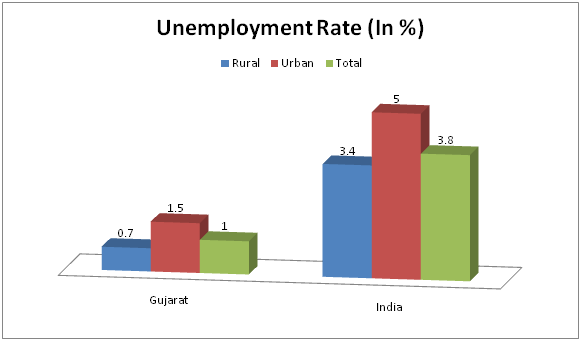
Source: Report on Employment & Unemployment Survey 2011-122
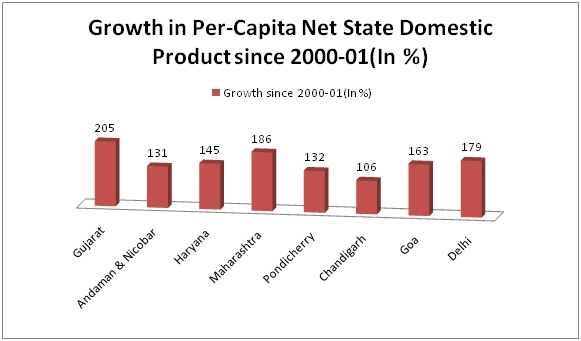
Source: Planning Commission Data
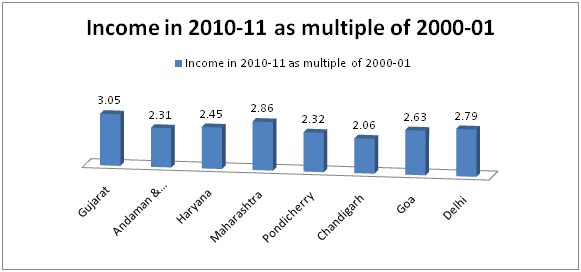
Source: Planning Commission Data
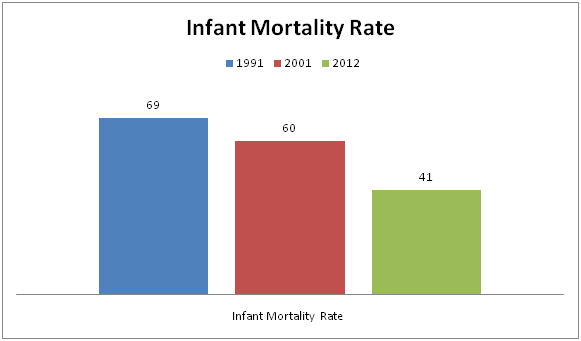
Source: Gujarat Socio-Economic Review and Planning Commission

Source: Gujarat Socio-Economic Review
2. The Congress M0del – Freebie Offerings.
The Congress Party bases its entire political ideology on that of a paternalistic state that takes full responsibility for `the poor’. The problem is that for this vision to remain relevant we will need poor people to remain poor, illiterate and cursed by divisions of caste and creed forever.
In pursuance of this vision, Sonia Gandhi’s National Advisory Council has spent thousands of crore rupees in the past few years on welfare schemes that serve mostly to make people believe that if they remain poor they will be entitled to guaranteed employment, cheap food, cheap homes, free electricity and other such things forever and ever. It doesn’t work towards employment and radical economic changes, but towards freebies and sops. 1,00,000 crore Rupees is spent on just the Food Security Bill, Sonia’s dream project. A lot more money is put aside for the MNREGA, the Electricity Scheme, LPG cylinders and many more subsidies. The Congress Model is much of a corruption plagued, anti-business, pro-subsidy model, which does benefit the lower classes but is a cause of concern for the India Inc.

The Subisdy Burden

India’s Growth Dipping

Poverty Reduction during UPA
3. The AAP Model-Quick Action Yet Short Term Vision
The AAP is a grouping of all types of upper middle class people – journalists, lawyers and businessmen. This party offers an anti-corruption and pro-poor governance model. It has already offered free water (upto 700 litres) and subsidised electricity to the poor. This is going to cost the exchequer a whopping 500 crore per month. The AAP model also comes with certain flaws because of this newly formed party’s immaturity. Firstly, there is no clear long term vision. Some AAP members want a referendum on issues of national pride and security while some openly advocate Khap panchayats, which have been dubbed as Kangaroo Courts by the Supreme Court of India. Secondly, there is a lot of street governance. The ministers roam around at night creating total chaos among the administrative force in the State. Last but not the least, these people still think of themselves as activists and cannot govern in the professional manner which the Congress and the BJP can offer. This is a quick action yet short term vision model.

AAP Government’s Claimed Achievements.
[yop_poll id=”2″]

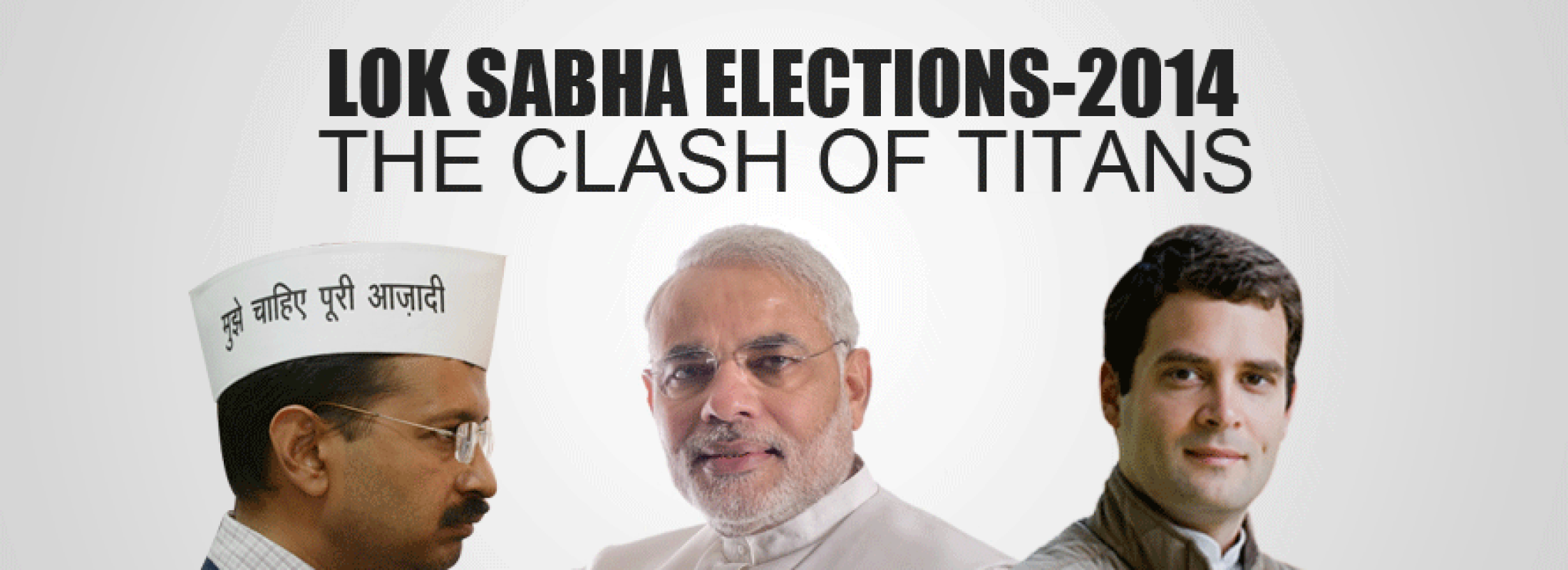
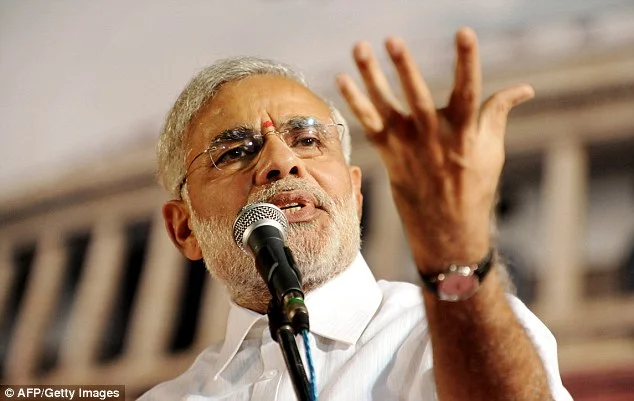

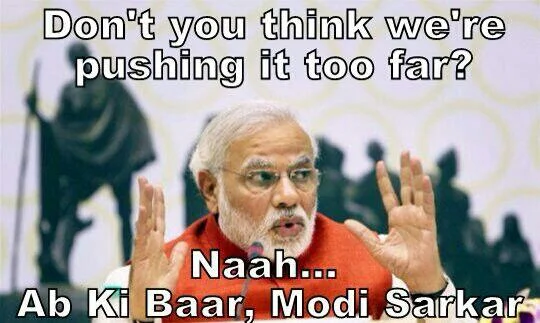
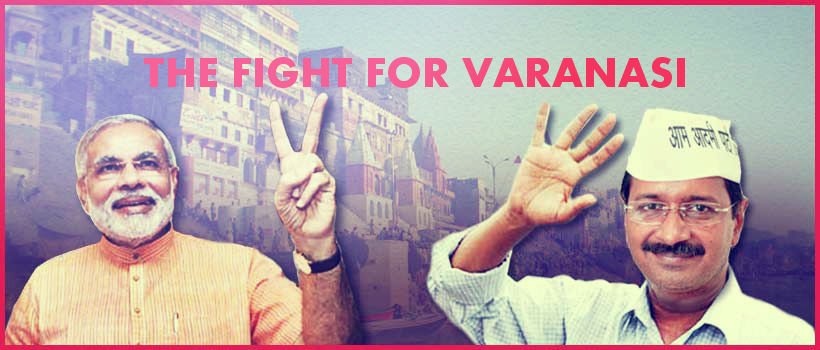
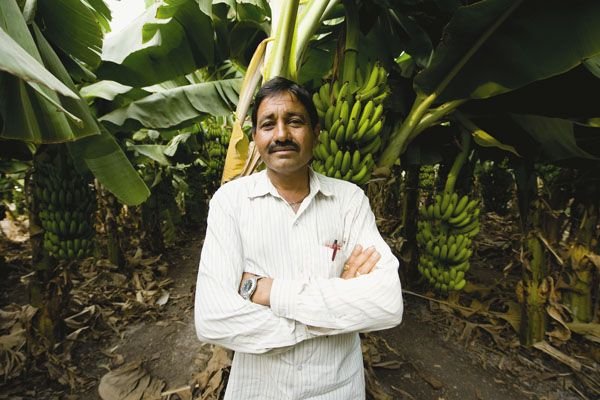
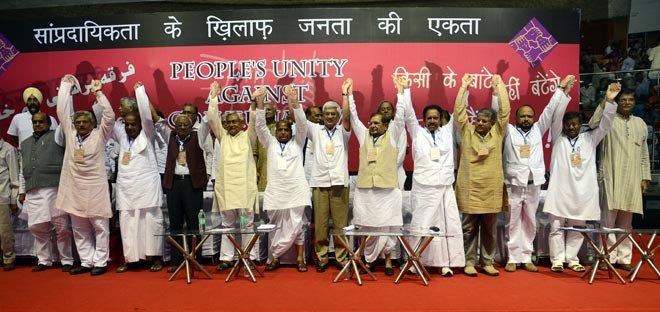
Leave A Comment